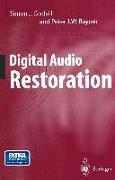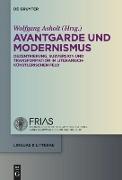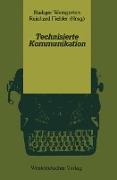Digital Audio Restoration
BücherAngebote / Angebote:
The application of digital signal processing (DSP) to problems in audio has been an area of growing importance since the pioneering DSP work of the 1960s and 70s. In the 1980s, DSP micro-chips became sufficiently powerful to handle the complex processing operations required for sound restoration in real-time, or close to real-time. This led to the first commer cially available restoration systems, with companies such as CEDAR Audio Ltd. in the UK and Sonic Solutions in the US selling dedicated systems world-wide to recording studios, broadcasting companies, media archives and film studios. Vast amounts of important audio material, ranging from historic recordings of the last century to relatively recent recordings on analogue or even digital tape media, were noise-reduced and re-released on CD for the increasingly quality-conscious music enthusiast. Indeed, the first restorations were a revelation in that clicks, crackles and hiss could for the first time be almost completely eliminated from recordings which might otherwise be un-releasable in CD format. Until recently, however, digital audio processing has required high-powered computational engines which were only available to large institutions who could afford to use the sophisticated digital remastering technology. With the advent of compact disc and other digital audio formats, followed by the increased accessibility of home computing, digital audio processing is now available to anyone who owns a PC with sound card, and will be of increasing importance, in association with digital video, as the multimedia revolution continues into the next millennium.
Noch nicht erschienen. Termin unbekannt



